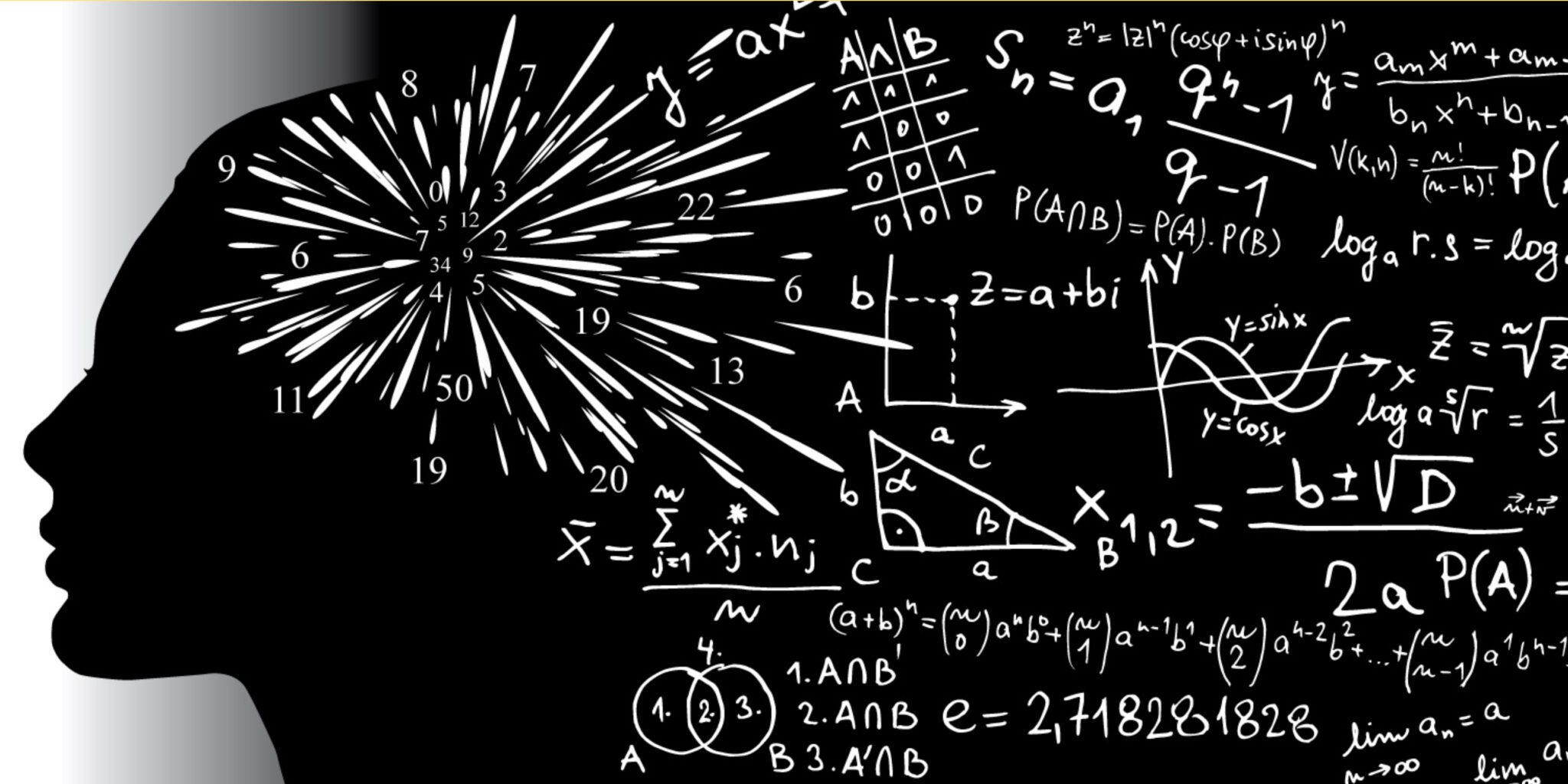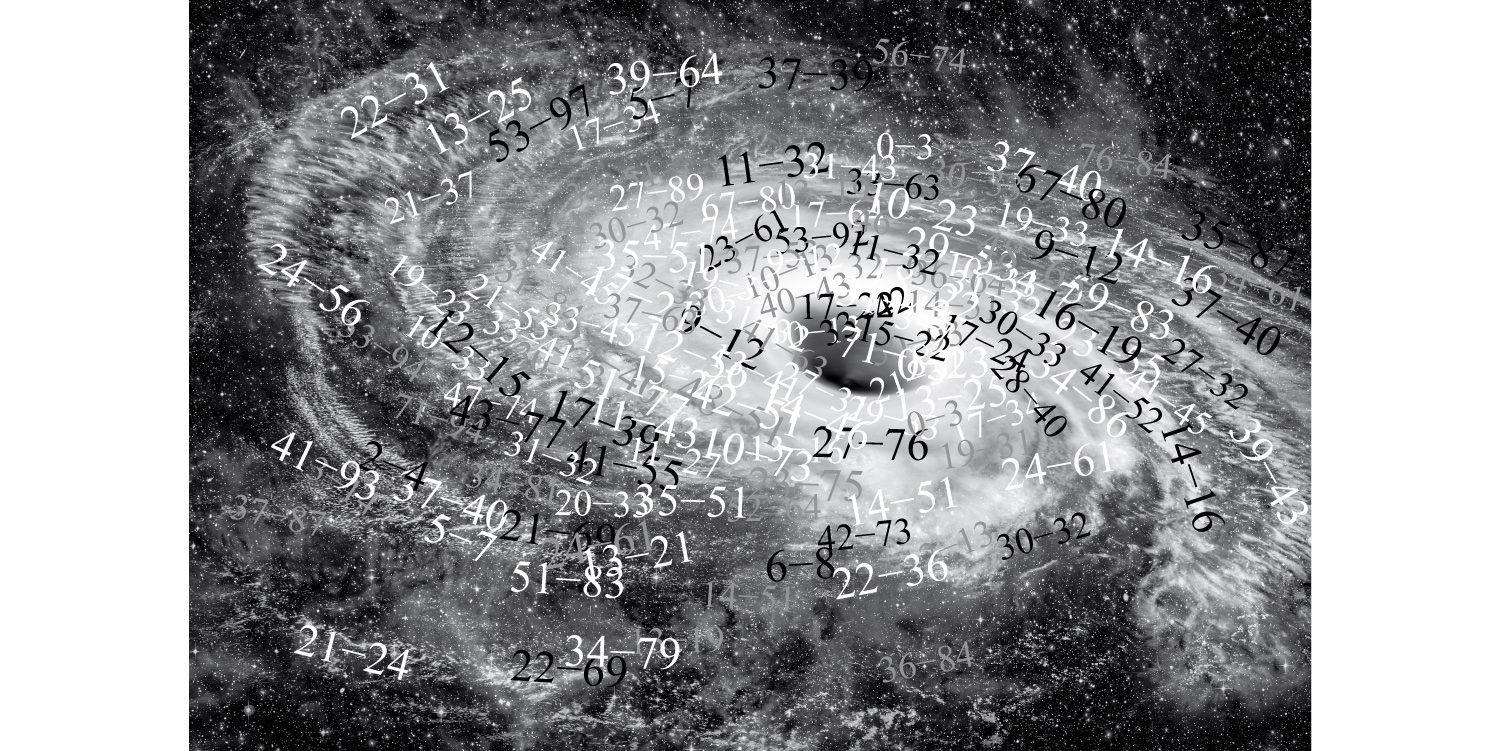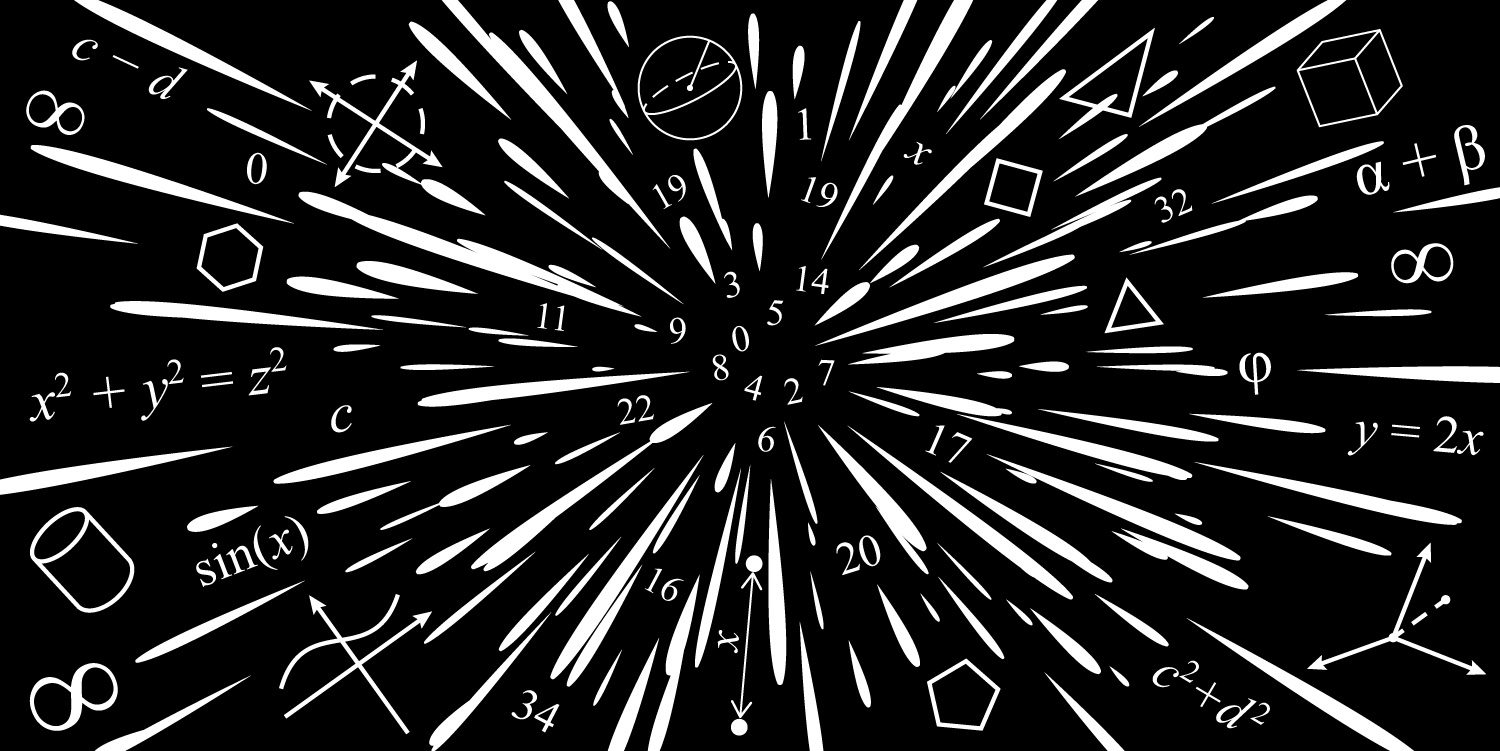What is “nature?” Is it an idea, a force, a physical reality, a god? Does it evoke images of a benevolent Mother Nature in flowery garb, or a more Darwinian presence, that impels species to vie for their survival?
The term encompasses many different concepts, which is perhaps why philosophers and scientists – from Aristotle to John Stuart Mills to Darwin – have had difficulty pinning down its definition. For instance, a common meaning is the totality of objects and physical phenomena in our universe – think popular images of earthly beauty and cosmic splendor. But “nature” can equally well refer to the driving force behind such physical manifestations, and this gives rise to further differences in interpretation. Some view this force as scrupulously scientific, pointing out that the translation of “nature” into Greek is physis, from which the word “physics” originates. Others think of the force as mystical or divine, as in traditions where nature is depicted as a deity embodying creative power.
Here, I want to share a new and useful way of regarding nature, which subsumes some of the conflicting strands above. I arrived at it while trying to resolve a long-standing conundrum: the “unreasonable effectiveness” of mathematics in describing the universe, as Nobel laureate Eugene Wigner put it in 1960.
Wigner was referring to the surprising accuracy with which mathematics, an abstract system of logic and deduction, is able to model physical phenomena. Why should such a system, invented by humans, be so universally applicable to the reality around us? Particularly unexplainable are theories developed by mathematicians based on purely abstract thought which turn out later on to be the perfect vehicles for explaining how the universe works. For example, ellipses were formulated in antiquity, centuries before Kepler used them to explain planetary motion; “curved” or non-Euclidean geometries were dreamt up by mathematicians decades before Einstein deployed them in General Relativity to show how gravitation operates; group theory turned out to be the perfect framework for the classification (even discovery!) of elementary particles – the list goes on.
One could argue that since mathematics is the study of patterns, it is only natural that its theories, even those derived through purely abstract considerations, would eventually match up with (and explain) actual patterns in the universe. But one could also flip this argument and ask why the universe has patterns in the first place. Why isn’t everything amorphous, unstructured? Could it be that rather than mathematics describing the universe, the universe is a manifestation of mathematics? Something constructible step by step from this system alone, from which its patterns are inherited? If so, the ramifications would be far-reaching. One might be able to skirt the need for a divine creator entirely, and equally momentously, recast all of science as arising not from physical, but purely mathematical origins.
-

Courtesy of Manil Suri
This is the possibility I set out to investigate in my book, The Big Bang of Numbers: How to Build the Universe Using Only Math. I approached the construction as a thought experiment, where starting with nothing, I’d proceed using only mathematical techniques. This “creatio ex nihilo” or “creation out of nothing” would be purer than any comparable attempt in theology, where “nothing” has to include a supreme being, or physics, where one needs something like a spacetime singularity for the launch.
Indeed, the first step of creating numbers (the building blocks for the universe to come – akin to how Pythagoras viewed them) unfolded quite smoothly. The mathematical version of “nothing” is the so-called empty set, and logicians have rigorously mapped out how to construct not only numbers from it, but also arithmetic. With matters left to themselves, who is to say that such numbers couldn’t automatically arise from nothing? Recall that Plato posited the existence of an independent realm, one that was abstract but had an actuality as real as ours, where all mathematical truths lived.
Next came geometry, which I needed to start with a step that origin myths invariably take for granted: the creation of empty space. God may form the heavens and the earth as in Genesis, or Brahma might blow out the universe in an exhalation as in the Puranas, but they’d technically need a blank canvas first, a matrix of locations, to house their creations. Fortunately, mathematicians have investigated how this empty underlying geometry can be constructed – points combining to form lines, lines to form planes, planes forming 3-D space. Moreover, these algorithms can be tweaked to form “curved” versions of this matrix as well – so that the kind of geometry needed for Einstein’s spacetime might also arguably unfold in our Platonic realm.
But now I came up against a wall. It was fine to envisage mathematics creating abstract concepts, but how would it produce tangible objects? Certainly, I could next develop blueprints for the shapes and patterns underlying the universe’s components – a circle or sphere, say, or even a more complicated design like a spiral.
But math alone could never bridge the gap between the conceptual and the physical. Actual stars or planets were forever beyond its capabilities, as was creating the humblest particle.
I realized at this stage that what I needed to continue my thought experiment was an external agency or contractor to translate mathematical designs into reality (much like a builder is needed to translate blueprints into an actual house). And I soon found the perfect candidate to fit this contractor role: what we call “nature.” That’s how I came to my alternative characterization: nature is the force that converts mathematical blueprints into physical reality. In other words, this gives a “design by mathematics, execution by nature” model for the universe.
Note how this interpretation allows divergent viewpoints to be housed under the same roof. You can view this contractor nature to be God-like, one who uses possibly divine powers to manifest mathematical rules as reality. Or view it as an agency which employs scientifically explainable, miracle-free mechanisms for everything, with the understanding that while current knowledge may not be able to provide all such explanations, science will keep uncovering more of this knowledge over time. The mathematical blueprints realized are the same, but the choice of how the contractor accomplishes this is left to personal belief.
This characterization, like any other, has strengths and weaknesses. First, it immediately settles Wigner’s question – since nature is now executing mathematical rules, there’s nothing unreasonable about math’s effectiveness in describing the universe. The fact that ellipses and other shapes show up in the end product is to be expected, and the same goes for the Fibonacci numbers and Golden Ratio, which some claim appear with uncanny frequency.
But there’s an immediate hitch as well. Why is nature so inexact at following mathematical dictates? Why are there no perfect spheres or circles or even straight lines in the universe? Surely any contractor worth their salt should have done a better job? Especially one whose power, some might believe, comes from God? The answer is that mathematics allows for the infinite, but our contractor is constrained by finiteness. Curves or surfaces that are continuous have to be “dumbed down” to the level of discrete approximations. A line or circle formed with particles – the kind of drawing nature is forced to do – can never be as smooth and unbroken as the idealized version expressed by a mathematical formula. One could argue that God or physics could have (maybe even should have) given nature an infinite amount of material to work with, so that the mathematics in the universe’s blueprints was exactly rendered. But the fact is they were chintzy, and our contractor can only make the best of this situation.
There’s a second factor that results in deviations from the perfection of mathematics: randomness. Those boundaries made up of particles not only have gaps, but are also fuzzy – it’s difficult to align the individual components with the exactness demanded by an algebraic equation. The discrete patterns that nature produces – say stripes or spots on a seashell – invariably show aberrations. One is tempted to view this as nature being infatuated with randomness, putting a personal stamp on everything, like a weaver incorporating intentional flaws into a carpet. A more fitting interpretation is that the rules nature follows are formulated in terms of probabilities, not absolutes.
Yes, the universe still emerges from math, but this umbrella term includes statistics.
So far, we’ve looked at rules defining geometry and patterns, but what about laws that govern physical phenomena? These have been derived from centuries of scientific observations – but could they all follow from a collection of starting mathematical principles instead? Indeed, some prime examples, like the inverse square relation in Newton’s law of gravitation, pop out due to purely geometric reasons. What’s harder to facilitate are laws for the interactions between related phenomena (heat escaping the earth’s core and the resulting magnetic field, for instance). Also, most laws need modifications in different ranges of the variables involved (for example, Newtonian gravity gives way to relativistic effects when velocities become high). This sounds daunting to finetune on purely theoretical grounds.
In 1900, though, the renowned German mathematician David Hilbert issued a bold call to arms. He declared that developing a unified group of basic mathematical assumptions or axioms that would lead to all the laws of mathematical physics was one of the top existing challenges. His goal has not been achieved, but many mathematicians have worked on the problem since then.
The unlikeliness of Hilbert’s program succeeding is only one of several objections that, I’m sure, could be raised against the model I’ve presented here. Perhaps the most critical question would be how it accounts for the creation of life. To this end, consider how nature sculpts a coastline. Waves lap at the land, sweeping bits of pebble and the occasional rock away. This is nature applying the same erosive mechanism repeatedly, with a certain amount of randomness thrown in. In time, what emerges displays something unexpected – zoom in or out, and you will likely find similar inlets and outcrops appearing at different scales. Such self-similarity is an identifying characteristic of fractals – intricate mathematical patterns that can be generated by iterating very elementary rules. The crucial insight they provide is that simple procedures can lead to a surprising jump in complexity.
This insight drives the best current answer to the life question: a recursive algorithm in which nature churns together the right mix of ingredients leads to the emergence of prototypical biological forms. Life may simply be the name we give to the resulting enhanced complexity.
Ultimately, any model’s worth is measured not only by how well it represents reality, but also what insight it gives. For me, this way of framing the interaction between mathematics, nature, and physical reality comes with several advantages. For starters, I appreciate how the model traces back divergent personal beliefs to a unifying origin. In contrast to the different religious narratives for creation, or the many competing theories in physics for what set the universe’s existence into motion, mathematics is more consistent – one starts with basic axioms (the kind Hilbert talked about) and builds everything from it. So, unlike followers of different theologies, or adherents to scientific theories that are at odds with each other, there is little disagreement between mathematicians.
-

Courtesy of Manil Suri
More significantly, mathematicians have long recognized that one cannot prove every statement – at some point, you have to stop and declare a set of basic axioms you will assume. So you are not sucked into a never-ending chain of Matryoshka-doll questions in search of the universe’s origins, i.e. you don’t have to engage with questions like “Who created the creator?” I find this philosophical dispensation liberating – we start with the empty set, whose existence is enshrined in an axiom, and don’t have to worry about what came before this representation of nothingness.
Most appealing of all is the reassurance this model gives that the universe is driven by logic. Each time I see a rounded flower or fruit shape, I can marvel at the algebraic curves nature has executed. I imagine galaxies spinning through the cosmos, blood cells coursing through my body, and rejoice at the power and glory of mathematics.
Manil Suri is a distinguished mathematics professor at the University of Maryland, Baltimore County. His book, The Big Bang of Numbers: How to Build the Universe Using Only Math, was a finalist for the 2023 PEN/E.O. Wilson literary science writing award.


